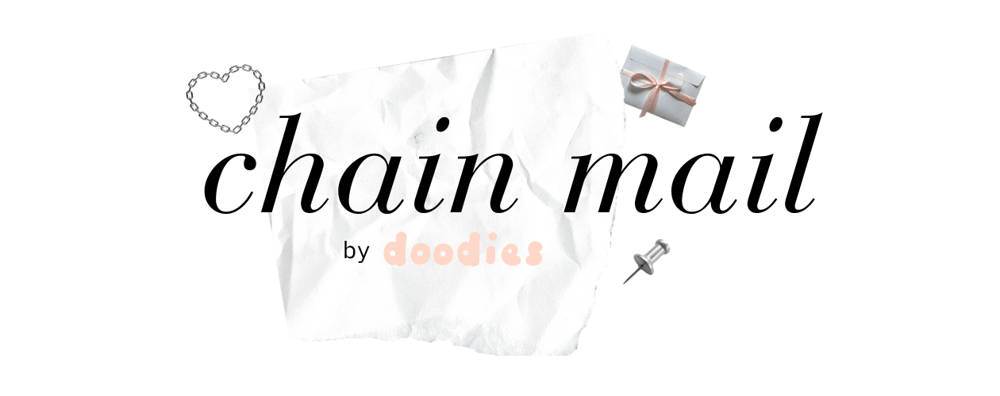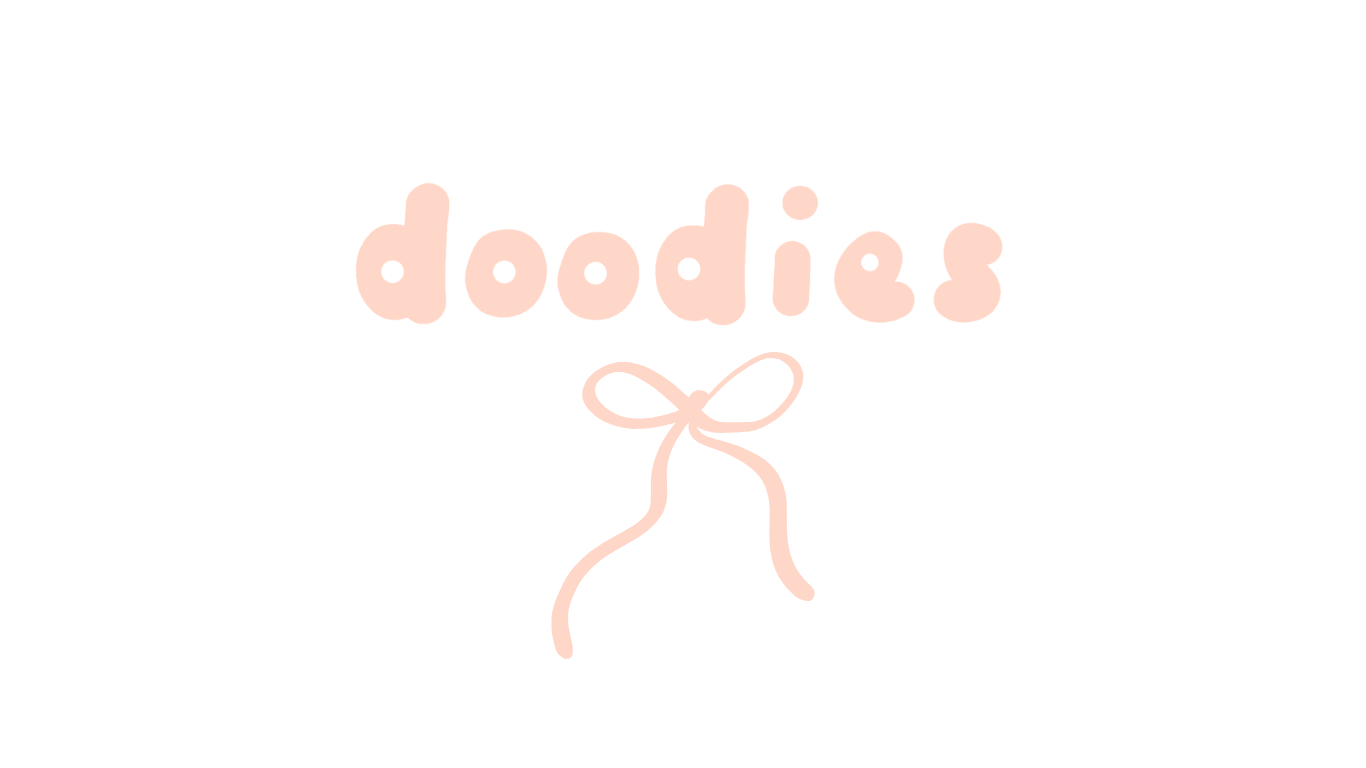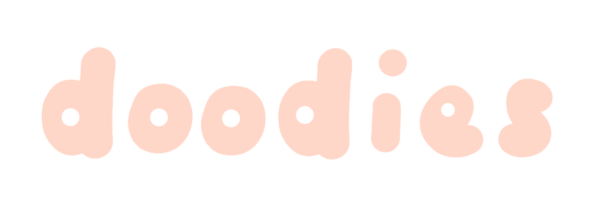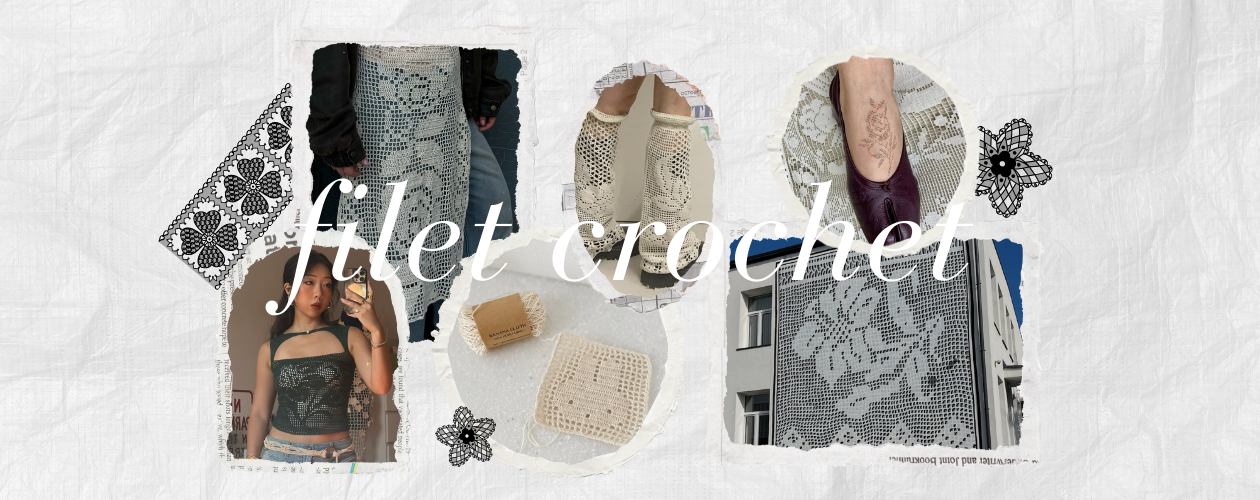
I was having a conversation with my nan the other day about my recent crochet projects, and she asks "So, what trends are there right now?" As I thought, I mentioned the beaded skull caps I've been seeing more and more of, and filet crochet. Her eyes lit up, as she remembered the lace-like technique, and said "Nothing really goes away does it? It all comes back eventually!"
It got me thinking about trends, and how they often circulate in some form. Filet crochet is no exception. The word 'filet' originates from the French language, just like 'crochet' itself, referring to the mesh-like or net stitches where a pattern is made by using a grid system. While some squares in the grid can be open using chain spaces, some are filled often with double crochet - Creating a pattern similar to pixels. Filet crochet has been referenced since 1912, sometimes called 'square crochet.' Early versions of these patterns could be demonstrated using charts or tables.
The joy of filet crochet is that most people can become a pattern creator with somewhat ease. If you have experience with tapestry or intarsia crochet, then you'll know about grids. I like to use Stitch Fiddle for mine since it's just like drawing, but you can even create crochet grids using pen and grid paper. In fact, I'm sure Stitch Fiddle have a filet crochet option! These grids can be transferred to filet crochet, and for most people, a visual is the best way to communicate a pattern like filet. So for pattern creators, this means less writing too.
It looks like filet crochet has circled back, and now I'm seeing the technique utilised in so many different projects. In the past, patterns couldn't be too large since they had to be printed in relatively small books. So you'll have most likely seen filet used for doilies or edgings. But now, people are pushing filet and incorporating it into clothing, accessories and even on buildings (Yes, like an actual brick building). You can find plenty of inspiration on Pinterest, which is what I did when I wanted to try it for the first time.
It's recommended to use a thin, smooth yarn for a classic, dainty appearance, but I suppose you can apply the technique to most yarn weights for a different look. I tried using a DK 100% cotton yarn, and even though the label suggested a 4mm crochet hook, I wanted to try a super small hook. For my swatch, I tried using a 1.5mm crochet hook for the first time, and it wasn't ideal. The yarn would slip off the hook, since it was too thick, and the shape I wanted to make from filet definitely didn't shine through. A lighter weight yarn is needed for a hook that size, but we try, and we learn. As a technique though, it was fairly easy to follow from the blurry Pinterest photo I had. Once you grasp the rules, that being how many chain spaces you need, and how many double crochet stitches to make, a small project could work up fast. I'll try again once I've got the right hook size, and hopefully my goal of making a butterfly bookmark will transpire.




Comments ()